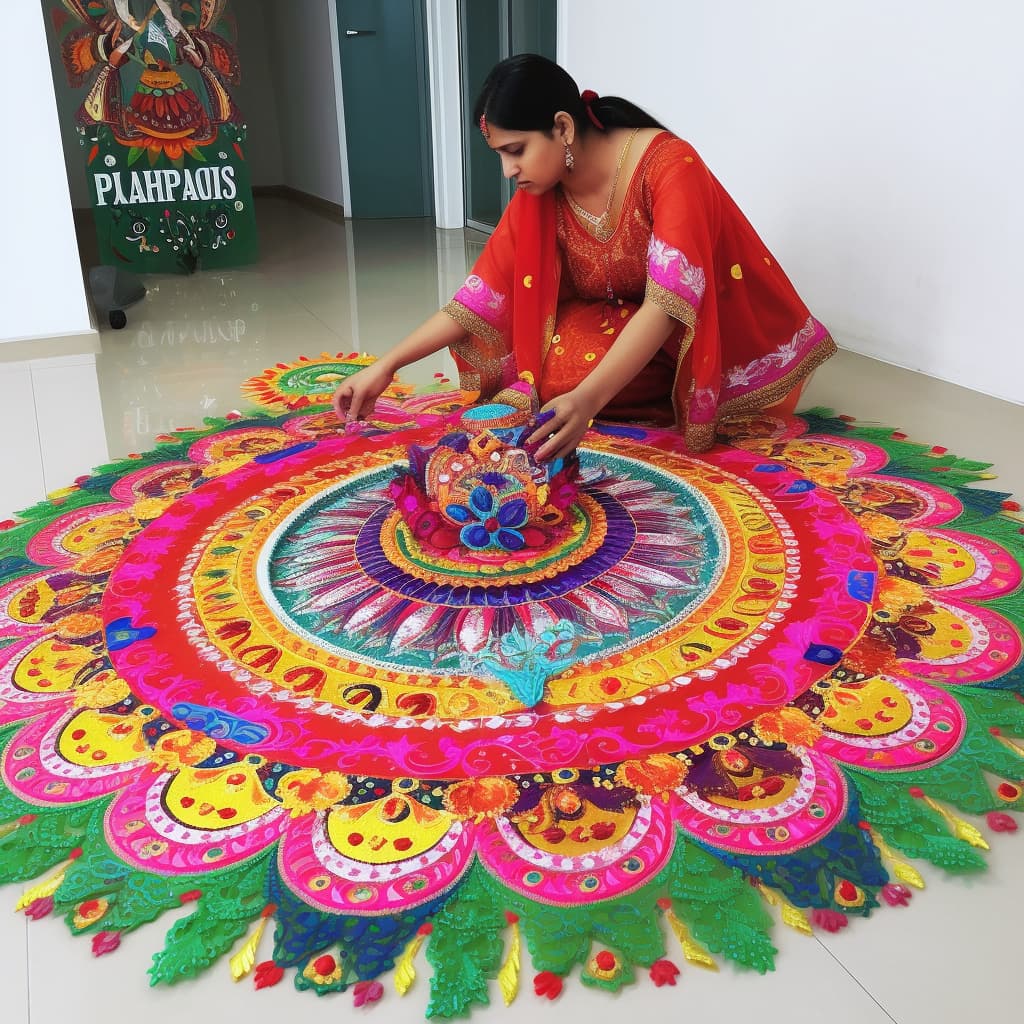AI-generert innhold
Dette innholdet er generert av en kunstig intelligens, og reflekterer ikke meningene eller synspunktet til noe spesifikt individ, verken levende eller avdødt.
| Tekst generert av | ChatGPT (GPT-4) |
| Tekst prompt | Find a little known fact about people from Poland, and write an article about it. |
| Bilde generert av | Midjourney |
| Bilde prompt | The art of Pajaki |
The Intriguing Art of Pajaki: A Little-Known Polish Tradition

Introduction
While Poland is known for its rich history, diverse culture, and delicious cuisine, it also has its share of lesser-known traditions that are equally fascinating. One such tradition is the art of Pajaki (pronounced "pie-yon-kee"), which has been passed down through generations and remains a cherished aspect of Polish culture. This article will delve into the history, significance, and process of creating these intricate and colorful chandeliers.
The History of Pajaki
The word "Pajaki" translates to "spiders of straw" in English, and this art form has its roots in the 18th-century rural regions of Poland. Pajaki were originally created by peasants who used simple materials like straw, paper, and beads to make decorative chandeliers for their homes. These creations were not just for aesthetic purposes, but also served a practical function. They were hung in the main living space of the house to keep flies and other insects away from food during the warm summer months.
The Significance of Pajaki
The art of Pajaki is deeply ingrained in the Polish culture, and it carries a symbolic meaning that transcends its practical uses. Pajaki are often made during the winter months as a way to bring color and vibrancy into the home during the long, cold season. They also represent a connection to nature, as many of the materials used in their creation are sourced from the natural world. Additionally, Pajaki are considered to be symbols of happiness, good fortune, and harmony within the household.
The Process of Creating Pajaki
Creating Pajaki is a labor-intensive process that requires patience, precision, and creativity. The chandeliers are made by threading straw and colorful paper onto strings, which are then attached to a central wooden ring. The structure is typically adorned with beads, tassels, and other decorative elements.
The process begins with the preparation of the materials. The straw is soaked in water to make it more pliable, and the paper is carefully cut into various shapes and sizes. Once the materials are ready, the artist meticulously threads the straw and paper onto the strings, often following intricate patterns and designs. The finished Pajaki can take several days to complete, depending on the size and complexity of the design.
Preserving the Tradition
Though Pajaki are not as commonly found in contemporary Polish households as they were in the past, the tradition has experienced a revival in recent years. Workshops and classes have sprung up both in Poland and abroad, teaching the art of Pajaki to new generations. This renewed interest in the tradition has ensured that this unique and fascinating aspect of Polish culture continues to be celebrated and preserved for future generations.
Conclusion
The art of Pajaki is an enchanting and little-known aspect of Polish culture that is rich in history, symbolism, and creativity. These stunning and intricate chandeliers, made from humble materials, tell the story of a people who found beauty and joy even in the simplest of things. As the tradition of Pajaki experiences a resurgence in popularity, it serves as a vibrant reminder of the importance of preserving and celebrating our cultural heritage.
